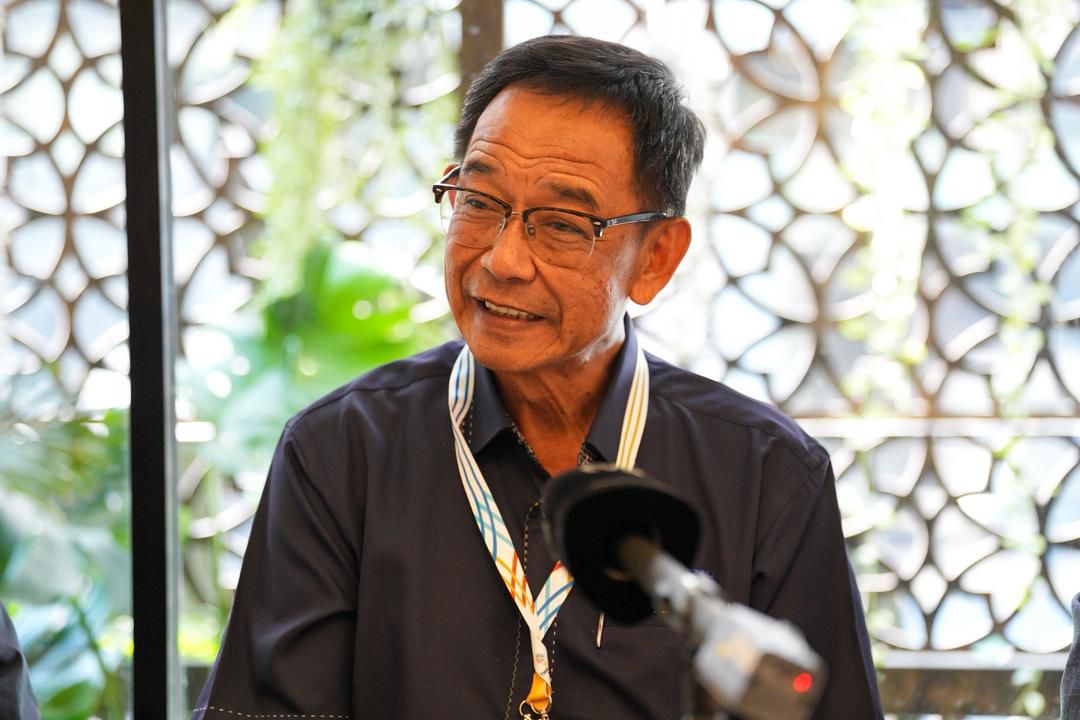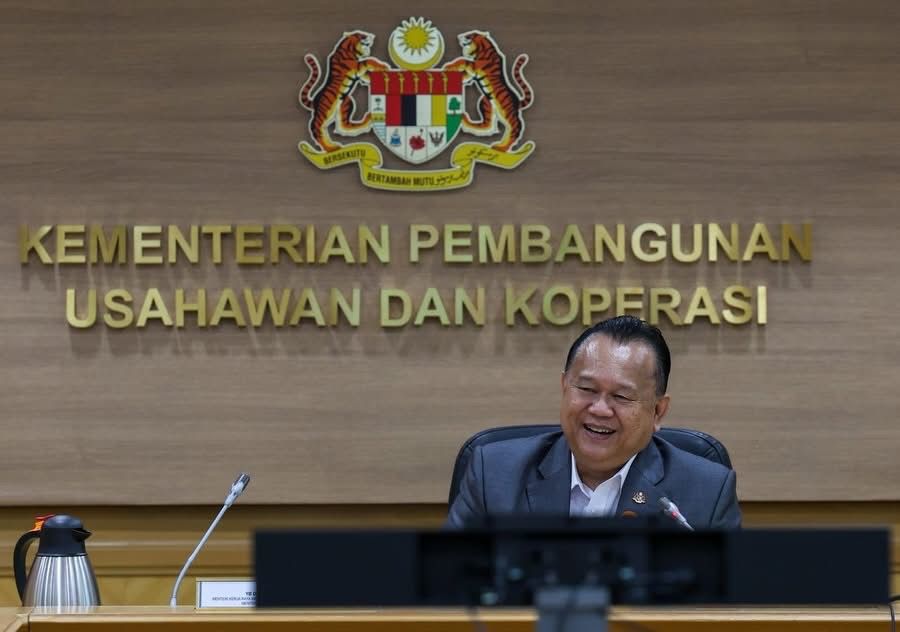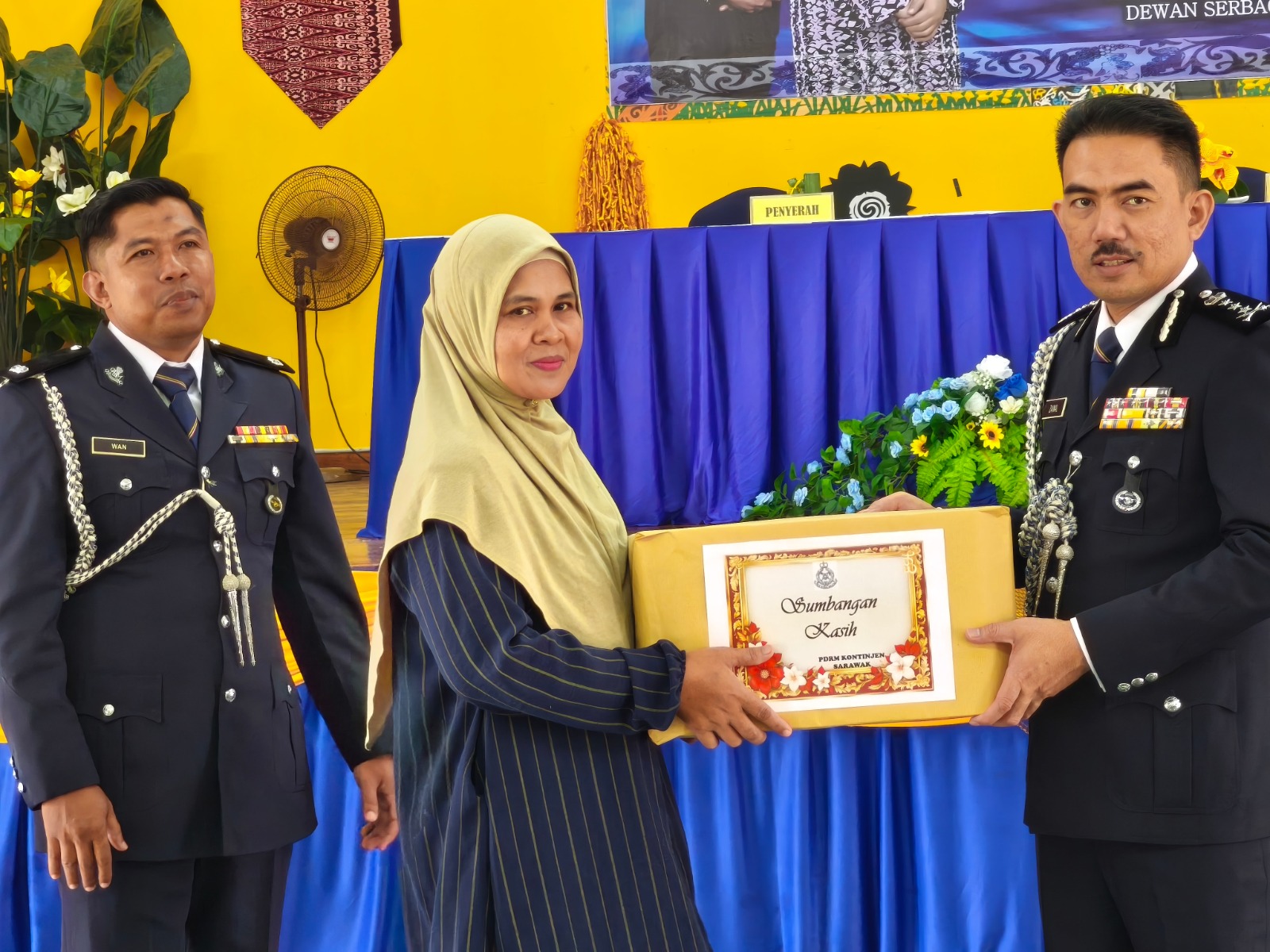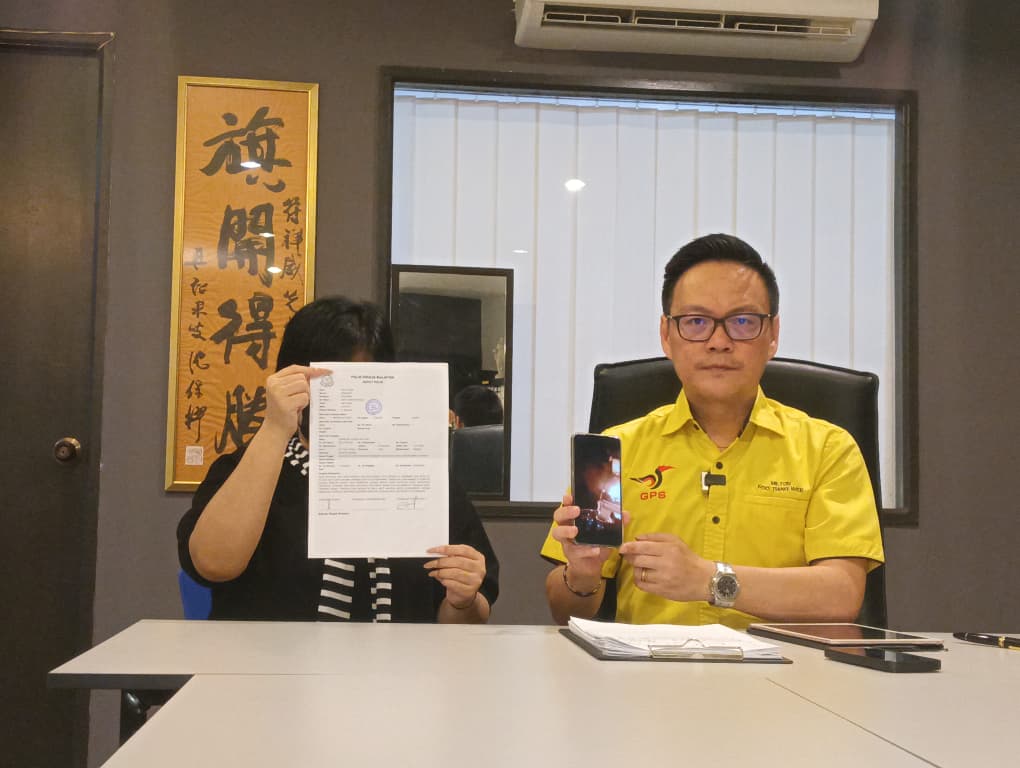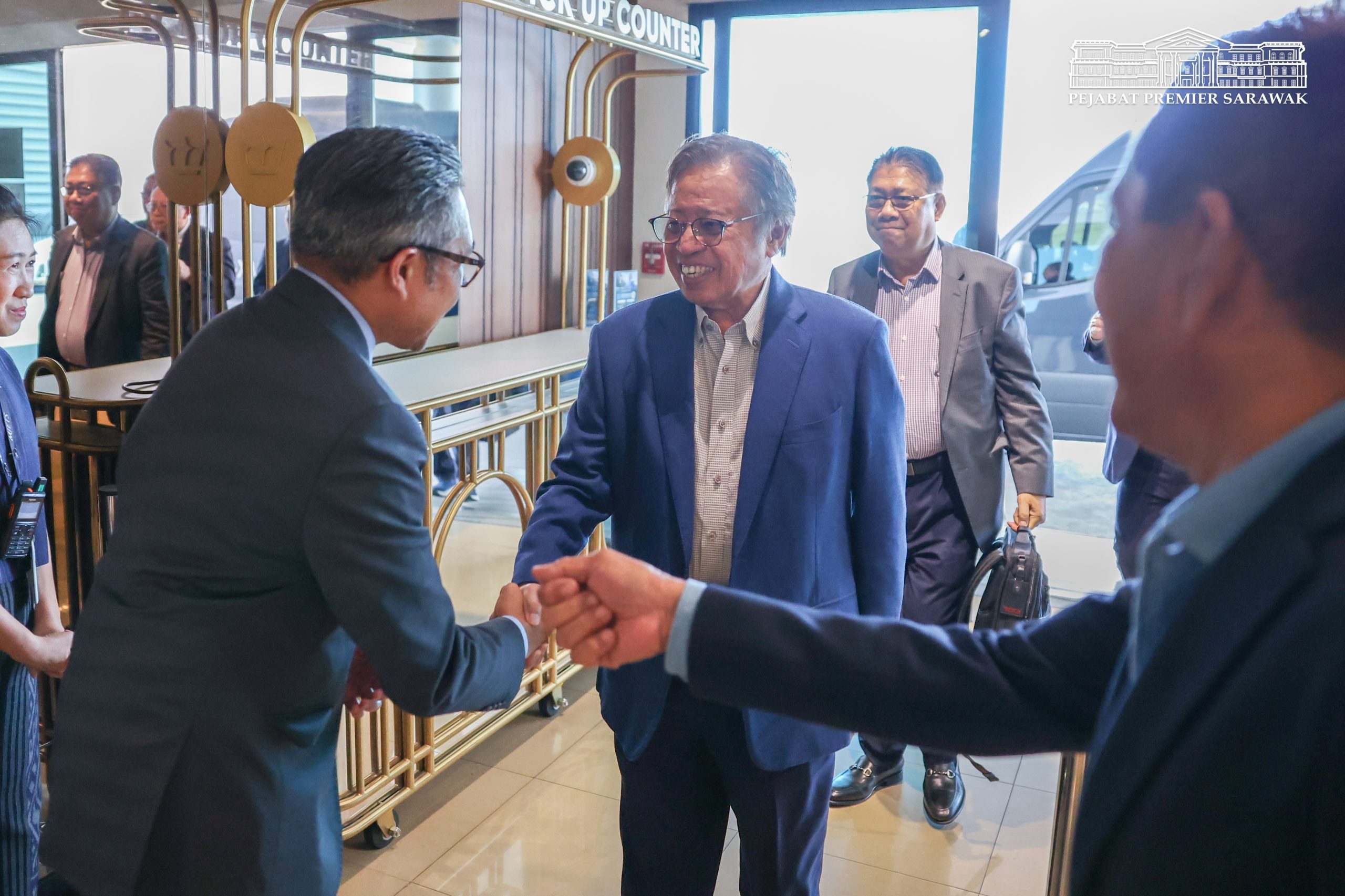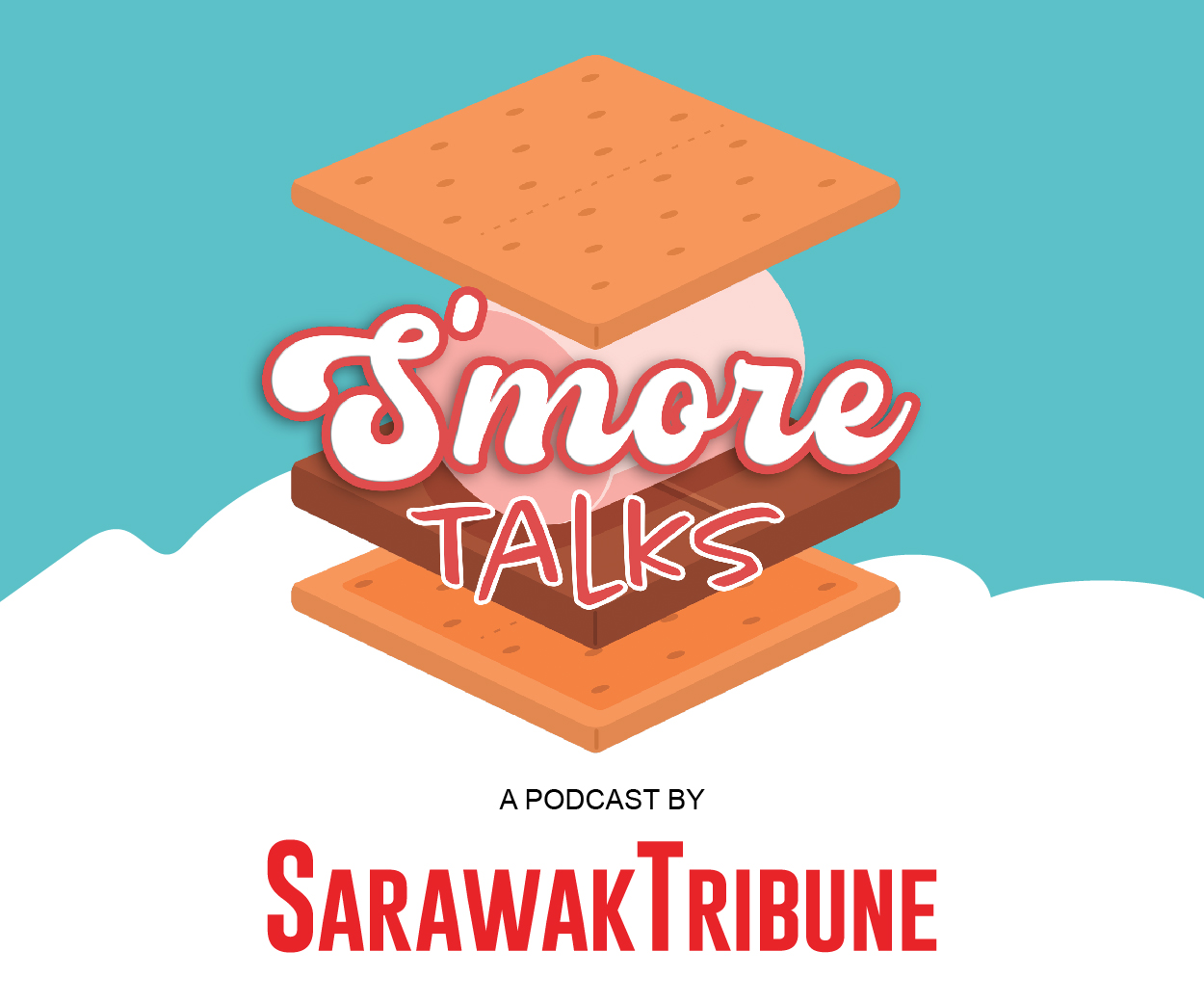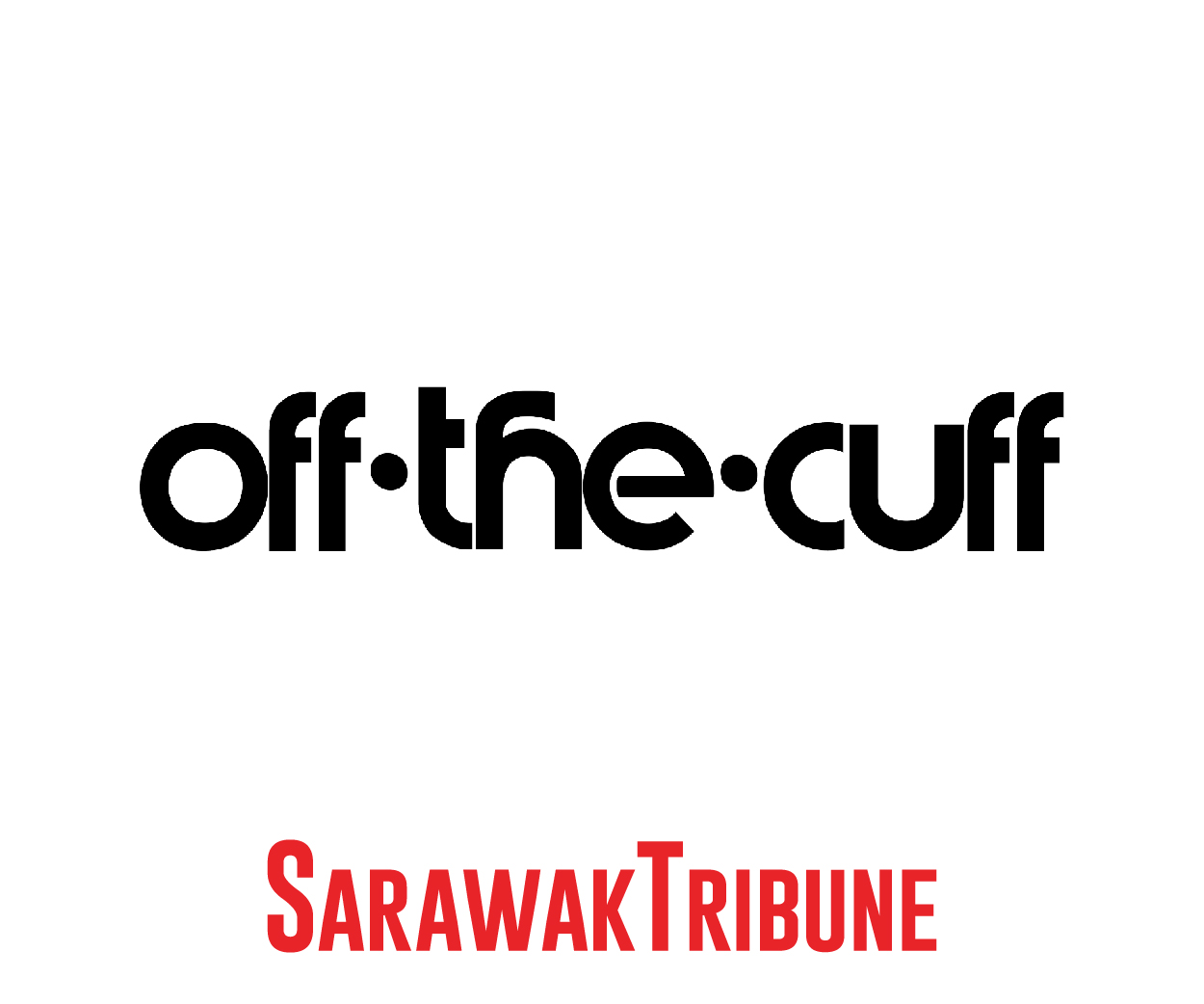AS the gentle hum of the sape echoes through the wooden longhouse nestled deep in Ulu Teru, Tinjar Baram, the air is thick with the aroma of lemang, pansoh, and a dozen other traditional Dayak dishes.
Children run barefoot across the bamboo floors, clad in modern clothes with beads of Kayan and Iban heritage around their necks. The elders sit and laugh, tuak in hand, retelling stories of old.
It’s Gawai Dayak, but in the home of Pemanca Enggah Muga, it is much more than a harvest festival; it is a celebration of unity across cultures.
Gawai Dayak, celebrated every June 1 in Sarawak, marks the end of the rice harvesting season and the beginning of a new agricultural cycle.
But beyond its agricultural roots, it is a time for reunion, reflection, and reverence for ancestral traditions.
Nowhere is this spirit of togetherness more vibrantly felt than in the household of Pemanca Enggah Muga, 69, and his wife, Enok Lukok, 70.
Their family is a tapestry of Malaysia’s multiracial identity, a reflection of the country’s “1Malaysia” spirit brought to life through generations of intermarriage.
With six children and a growing number of grandchildren and in-laws, the Pemanca’s family represents a microcosm of multicultural Malaysia.
One of their daughters, Jennie Enggah, 40, describes their household during Gawai as “a festival of colours, languages and traditions”.

“Every year, my siblings and I make it a point to return to our hometown in Ulu Teru to celebrate Gawai with our parents,” she said.
“It’s our annual tradition, and it just gets merrier with every passing year.”
Jennie’s siblings have married into various ethnic communities, one to an Indian from Rawang, Selangor, others to Chinese partners.
Her nieces and nephews have followed suit, marrying Malays, Kayan, and Chinese individuals.
Over time, their once homogenous Iban family has blossomed into a vibrant blend of cultural backgrounds.
“Some people might say it’s complicated,” Jennie smiled, “but for us, it’s natural. Gawai is still Gawai, but now with more food, more languages, and more love.”
In the days leading up to Gawai, family members begin arriving at the Pemanca’s wooden house built in the traditional Iban style.
Cars packed with suitcases, toddlers, musical instruments, and occasionally a rice cooker or two roll up the winding road leading to Ulu Teru.
The kitchen, usually quiet, turns into a bustling culinary arena as recipes from various traditions find their way to the table.
“We still prepare all the traditional Gawai food, bamboo-cooked meat, penganan, pansoh, and tuak,” said Enok, who oversees the kitchen with military precision.
“But nowadays, we also have chicken curry, chap chye, and even tandoori,” she said.
In many indigenous communities, especially in rural Sarawak, preserving cultural identity is crucial.
However, in the Pemanca’s family, marrying outside one’s ethnicity hasn’t diluted tradition, it has enriched it.
“Our children-in-law and grandchildren are very respectful,” said Enggah, who served as a community leader in Tinjar Baram for many years.
“They learn our customs, speak a bit of our language, and take part in the rituals. And we do the same when it comes to their traditions.”
For Gawai, that means everyone wears traditional attire regardless of their background.
Indian sarees might be paired with Dayak bead necklaces, while a Chinese granddaughter may don an Orang Ulu headband during the ngajat dance.
Jennie believes that inter-marriages have not only strengthened family ties but also built bridges of understanding.
“There’s no ‘us’ and ‘them’ in our family,” she said.
“We learn about each other’s religions, food, taboos and that makes us better at communicating and more tolerant.”
She recalls how the family carefully plans Gawai rituals to ensure everyone feels included.
“We understand who can or cannot drink tuak, who prefers vegetarian dishes, and who observes prayers at certain times.
“That mutual respect is the key to our harmony,” she said.
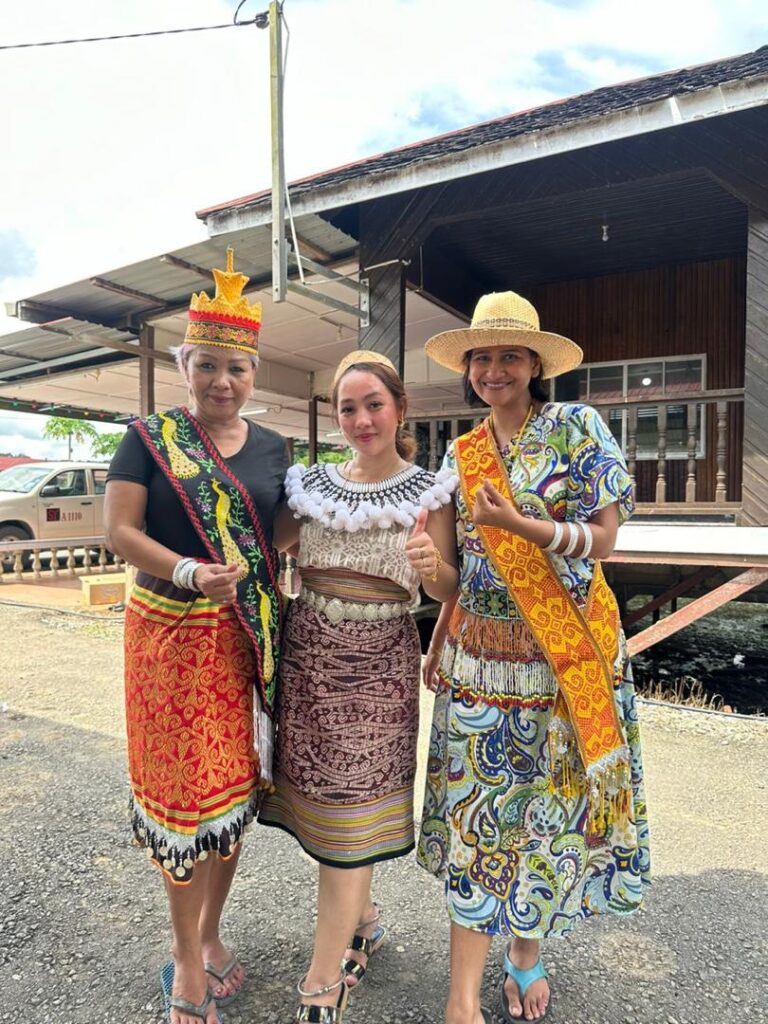
Even the language spoken in the household is a unique blend.
“You’ll hear a sentence that starts in Iban, then switches to Malay, with some English and Tamil thrown in,” Jennie laughed. “It’s beautiful chaos.”
While many rural Sarawak communities see a dwindling number of returning youths, the Pemanca family bucks the trend.
Each year, come rain or shine, they return to Ulu Teru before May 30 to prepare for the celebrations.
“For us, this is not just a holiday. It’s a pilgrimage,” Jennie said. “We want our children to remember their roots, to know where they come from.”
The children, growing up in cities like Kuching, Miri and Kuala Lumpur, look forward to the Gawai trip.
“They get to play by the river, pick wild fruits, and sit by the fire listening to grandpa’s stories. It’s their version of a fairytale,” she enthused.
The presence of the extended family also gives elders like Enggah and Enok a sense of pride and continuity.
“As long as they return home, our culture will not die,” said Enggah.
Enggah is aware that traditions evolve.
“When I was young, we celebrated Gawai with rituals that lasted days. Now, everything is shorter, but the meaning is still there,” he said.
He believes the future of indigenous traditions in Sarawak lies not in resisting change, but in adapting meaningfully.
“We must teach the next generation why we do what we do, not just how,” he added.
And that is exactly what the family has done.
Each Gawai, the younger members take part in storytelling sessions, learn to cook traditional meals, and even perform ritual dances under the watchful eyes of their grandparents.
For the Enggah family, Gawai Dayak is more than just a cultural holiday, it is a living, breathing embodiment of Malaysia’s spirit of unity in diversity.
“It’s not just about Dayak people anymore,” said Jennie.
“In our family, it’s about all of us, regardless of race or religion, coming together to honour the past, celebrate the present, and embrace the future.”
As tuak is poured and laughter echoes through the longhouse, one can’t help but see the deeper meaning of Gawai in this household, that harmony is not the absence of difference, but the celebration of it.
And so, in a quiet village tucked in the heart of Baram, a family reminds us all what it means to be Malaysian: different roots, one home, and a harvest of shared memories.






